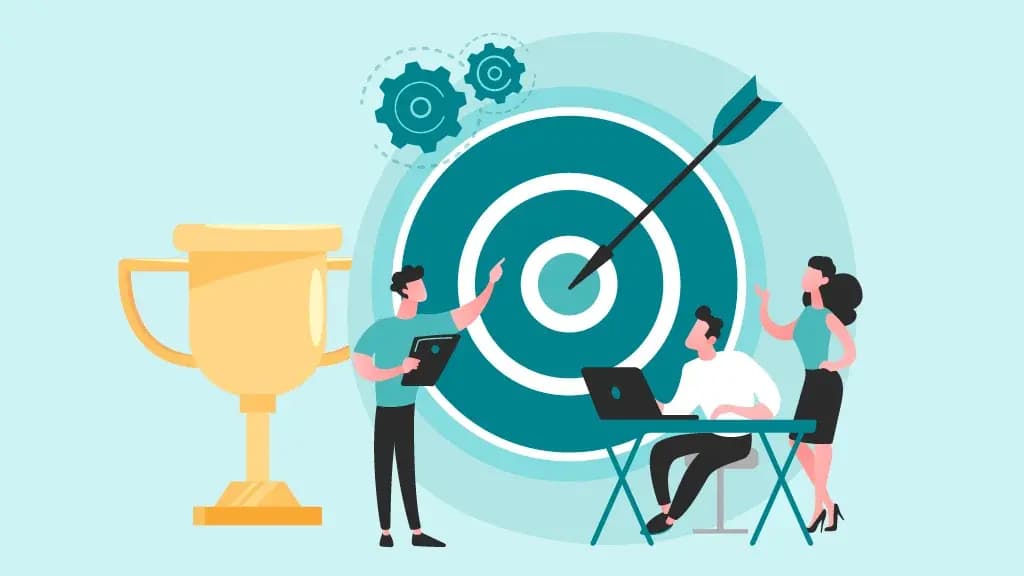Recognition Bias and Employee Favouritism: How to Create Fair and Inclusive R&R Programs

Team AdvantageClub.ai
October 17, 2025

In today’s fast-changing business world, creating a culture of inclusivity and fairness is vital for success. Organizations across the globe are striving to build diverse, equitable, and inclusive (DEI) workplaces. Yet, recognition bias or favouritism within recognition and reward (R&R) programs remains a persistent challenge. This bias leads to the unfair and unequal recognition of employees’ contributions. It profoundly impacts individuals from underrepresented groups. As leaders, it’s our responsibility to ensure that our recognition is free from biases and provides equal opportunities for all employees. Let’s explore the various facets of recognition bias, its impact on employees, and practical strategies to promote inclusive R&R Programs. A study by Gallup showed that just 26% of employees strongly feel they receive comparable recognition to other team members with similar performance levels.

Understanding Recognition Bias in R&R Programs
Types of Recognition Bias
1. Affinity Bias:
Affinity bias occurs when individuals are more likely to recognize and reward those who share similar interests, backgrounds, or characteristics. This bias can lead to the under-recognition of individuals who do not fit the conventional mold, contributing to employee favoritism.
2. Confirmation Bias:
3. Similarity Bias:
Building Inclusive R&R programs
- Ethical Obligation: Every employee, regardless of background or identity, deserves fair and equal recognition for their hard work.
- Business Case for Diversity: Diverse teams bring diverse experiences and perspectives, resulting in more innovative solutions and better decision-making.
- Compliance Considerations: Legal frameworks underscore the importance of equal opportunities and compensation, making fair R&R practices essential.
The Role of Leaders in Addressing Recognition Bias
1. Setting the Tone from the Top
2. Training and Education
3. Establishing Clear Guidelines
Providing clear guidelines and criteria helps ensure transparency and consistency in the R&R process. By establishing metrics and promoting merit-based evaluations, we can minimize the influence of bias.
Strategies for Promoting Fair and Inclusive R&R Programs
1. Implementing Objective Criteria for Recognition and Rewards
Organizations can ensure everyone gets fairly recognized for their work by clearly stating who gets rewarded. These rules should be based on people’s achievements, not who they are or know. This way, everyone has a fair shot at getting ahead, check out this article on rewards and recognition goals.
2. Incorporating Diversity Metrics
3. Encouraging Peer Recognition
Letting colleagues thank each other boosts recognition and fights bias. For more on how peer recognition can enhance morale and ensure fairness, check out this article on peer recognition. Appreciating each other’s work gives everyone a voice and makes our rewards fairer.
4. Regular Evaluation and Adjustment
We must regularly check and improve our recognition and rewards programs to stay fair and inclusive. Listening to employees and fixing unfairness helps everyone feel supported and valued.
Leveraging Technology to Mitigate Recognition Bias
1. Utilizing AI and Data Analytics
2. Implementing Bias-Mitigating Algorithms
3. Ensuring Transparency and Accountability
4. Cultivating an Inclusive Culture of Recognition
5. Celebrating Diversity and Individual Contributions
6. Fostering Open Communication
7. Offering Opportunities for Development
AdvantageClub.ai can help
AdvantageClub.ai is here to help you build fair and inclusive programs that truly matter. We’re passionate about bridging the recognition gap and empowering every single employee to reach their full potential.
Diversity and continuous improvement are at the heart of what we do. With AdvantageClub.ai, you can create a more equitable and successful workplace for everyone. Together, let’s build R&R programs that reflect our commitment to diversity, equity, and inclusion.





